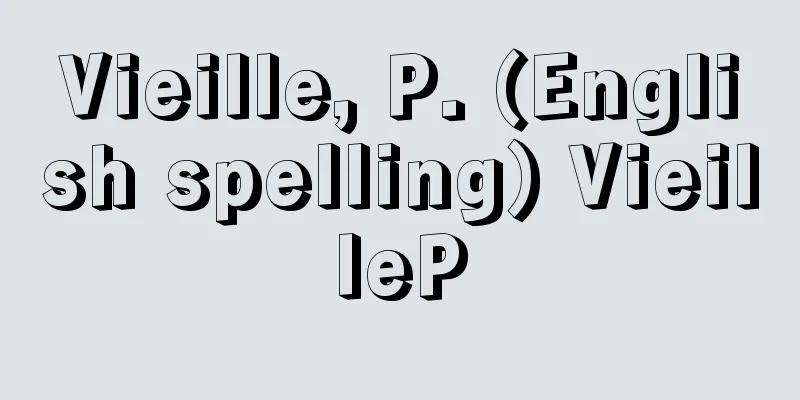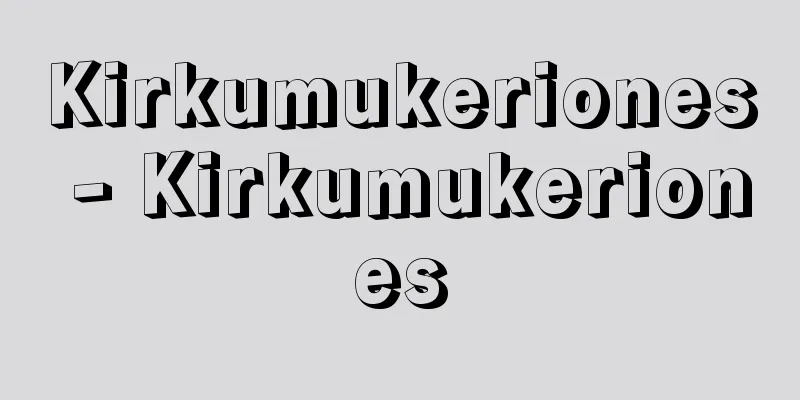Dot - Ten

[1] 〘noun〙① A figure with no size but only position. The intersection of two straight lines. ② An element when a set is called space by comparing it to ordinary space. ③ A small mark written on a piece of writing. (a) A circular mark. Dochi. (b) A mark used for commas, side notes, etc. " " ※Fuzhou, Wenzhou, Taizhou, Qude Sutras, Vinaya, and Other Writings Catalogue (854) "Langavatar Apataraho, Four Volumes (Ke Dots), (Omitted) Zhaolun, One Volume (Dots)" ※Fude Makase (1884-92) by Masaoka Shiki, 1 "Because it would make the writing less flavorful, in certain places, dots or spaces should be placed" (ha) A stroke like the (b) in the strokes of a Chinese character. In ancient times, it also generally referred to the strokes of a Chinese character. ※Genji (c. 1001-14), Haoki: "Handwritten notes were not deep, but scribbled here and there in a scribble." ④ Spots. ※Jinjo Shogaku Tokuhon (1887), Ministry of Education, vol. 5: "Four blue eggs with black spots were placed in the box." ⑤ A mark placed next to a character to indicate the order of reading when reading Chinese classics in Japanese. Return marks. This includes side readings and okoto marks used in reading Chinese classics in Japanese. "Pointing out a mark." ※Utsubo (c. 970-999), Kurakaichu: "The general asked the Crown Prince to take up a brush to revise the text." ⑥ Correcting the text. Marks such as the corner marks, "º" marks, and "ゝ" marks that reviewers add to each line of waka, renga, and haikai poems to show their evaluation. Also, the evaluation. → Gatten (a point to make a conclusion), to put a dot, to put a dot on. ※Rinjoshu (1295) vol. 1 "The 186 Mokishū are the ones marked by the Great King in the Chūshū style, and the ones marked by red are the ones marked by the Minister of State for Tobe." ※Ukiyo-zoshi, Saikaku Nagori no Tomo (1699) vol. 1 " Dots were added from the opening verse, and 93 were added without any long dots." [Late Hanshu, Wen'en-den, Nekō] ⑦ (derived from ⑥) To evaluate or criticize something. Also, to highly praise something. ※Sakehon, Yufu-ri Kaidan (1780) "Why don't you tell us something very new? I'll give you some dots." ⑧ A score as an evaluation. A dot. ※Hakai (1906) by Shimazaki Toson vol. 21 "Some were marked with red dots, and some with excellent or fine dots." ⑨ A flaw. A blemish. A criticism. → To be marked, to put a dot on. ※Sakehon Uehana Shineki (1777) In the bedroom, naked "To spoil the guests or whatever, <omitted> Tontoyoshihara and other places are like a jumping point"⑩ A further division of the hour into which a day and night is divided into 12 equal parts. In particular, it refers to one of the five divisions from sunset to dawn in the irregular time method. ※Santai Godaisanki (1072-73) 1 "The 8th day. Fine weather. The tide rises at the 1st day of the Dragon."⑪ The matter being pointed out. A place. ※Kin (1926) <Miyajima Sukeo> 22 "Even Hosaka cannot compare in terms of that point."⑫ A point made with ink on the place where the moxa is to be applied. Or, the act of lowering the moxa. A moxa point. ※Haiku, Kefukusou (1638), 3: "Relieving the shoulders with moxa (ten) " ⑬: Abbreviation of "tencha (tea)". ※Essays, Dandaishoshinroku (1808), 140: "The point lies in the skill of the light and dark, and should be achieved exquisitely." ⑭: Under the ritsuryo system, proper men were designated as soldiers or guards. ⑮ (Abbreviation of "itten") Just one point. Also, just a little. ※Edo Hanjo-ki (1832-36), 4: "I, by nature, have never been able to tolerate points." [2] [Suffix] ① Used to count points. ② Used to count the number of items. ※I Am a Cat (1905-06),〈Natsume Soseki〉, 5: "Because how many items did you steal?"Ten-zuru [dot]Cho-bo [dot]Tenjiru [dot]Ten-zu [dot]Source: The Selected Edition of the Japanese Language Dictionary About the Selected Edition of the Japanese Language Dictionary Information |
[1] 〘名〙① 大きさがなく位置だけをもつ図形。二直線が交わる部分。② 一つの集合を通常の空間になぞらえて空間と呼んだときのその要素。③ 書きものなどに記す小さなしるし。(イ) 円形の印。ぽち。(ロ) 読点、傍点などに用いる印。「」※福州温州台州求得経律論疏記外書等目録(854)「楞伽阿跋多羅宝四巻〈科点〉、〈略〉肇論一巻〈点〉」※筆まかせ(1884‐92)〈正岡子規〉一「文の味がぬける故、箇様な処は点を打つか間隙をおくかして」(ハ) 漢字の字画の(ロ)のような一画。また、古くは、一般に漢字の画をさしていった。※源氏(1001‐14頃)帚木「手を書きたるにも、深き事はなくて、ここかしこのてんなかに走り書き」④ 斑点。※尋常小学読本(1887)〈文部省〉五「蒼色にて黒き点ある卵、四個を入れ置きたり」⑤ 漢文を訓読する時、その読み順を示すために、字の傍につけるしるし。かえり点。漢文訓読に用いる傍訓やヲコト点などをも含む。「点をさす」※宇津保(970‐999頃)蔵開中「大将、文のてん直すとてある筆を春宮とらせ給て」⑥ 文詞の添削。和歌・連歌・俳諧の各首各句に、評者が評価を示すために加える、かぎ印や「º」印「ゝ」印などの記号。また、その評価。→合点(がってん)・点を打つ・点を掛ける。※隣女集(1295)一「已上百八十六首墨者中書大王御点、朱者戸部尚書点也」※浮世草子・西鶴名残の友(1699)一「発句より点(テン)かけ出して、長点なしに九十三点かけられし」 〔後漢書‐文苑伝・禰衡〕⑦ (⑥から転じて) 物事を評価・批評すること。また、高く評価すること。※洒落本・遊婦里会談(1780)「ぐっと新しい所をはなしねへ。向ふでわっちが点をしやう」⑧ 評価としての点数。お点。※破戒(1906)〈島崎藤村〉二一「朱で点を付けたのもあり、優とか佳とかしたのもあった」⑨ 欠点。きず。非難。→点付かる・点を打つ。※洒落本・売花新駅(1777)閨中并にきぬぎぬ「客をまはすとやら何とやら、〈略〉とんとよし原などにはねへ点(テン)だの」⑩ 一昼夜を一二等分した刻(こく)をさらに分けたもの。特に、不定時法で日没から夜明けまでをさらに五等分したものの一つをいう。※参天台五台山記(1072‐73)一「八日。天晴。辰一点潮満」⑪ さし示す事柄。箇所。※金(1926)〈宮嶋資夫〉二二「あの保阪にすらもその点(テン)では及ばない」⑫ 灸(きゅう)を据える所に墨でつける点。または、灸をおろすこと。灸点。※俳諧・毛吹草(1638)三「肩ぬく 灸の点(テン)」⑬ 「てんちゃ(点茶)」の略。※随筆・胆大小心録(1808)一四〇「点は濃淡の手練にありて、其妙にいたるべし」⑭ 令制下、正丁男子を兵士や衛士に指定すること。⑮ (「一点」の略) ただ一つの点。また、ほんの少しのこと。※江戸繁昌記(1832‐36)四「僕、生来、点、未だ屈を受けず」[2] 〘接尾〙① 点数を数えるのに用いる。② 品物の数を数えるのに用いる。※吾輩は猫である(1905‐06)〈夏目漱石〉五「品物を何点盗んで行ったから」
てん‐・ずる【点】ちょ‐ぼ【点】てん・じる【点】てん‐・ず【点】出典 精選版 日本国語大辞典精選版 日本国語大辞典について 情報 |
<<: Transmission - Transmission
Recommend
mysterium
...One of the basic terms in Christianity. When t...
Katsunō Shin
1821-1886 A Kabuki composer from the late Edo to ...
Kachapi - Kachapi (English spelling) kacapi
A type of Indonesian stringed instrument, also ca...
Hematopoietic drug
A drug that increases the number of blood cells, ...
Birds and beasts
...The unevenness of the rocks is decorated by ar...
Acute low back pain
...It often occurs when trying to lift something ...
Empathic Understanding
...We are moved by the experiences of others and ...
Commuter transport aircraft - Commuter Yusouki
A general term for small civilian aircraft used fo...
Amphitrite (English spelling)
…The ruler of the sea was Poseidon, the brother o...
Hysteria
…It is a neurotic expression that has been noted ...
Lungfish - Lungfish
A general term for fish of the bony fish subclass ...
Irabu
The former name of a town (Irabu-cho) in Miyako-g...
Black man on the beach - Hamabe no Kurohito
Year of death: May 18, 1790 (June 30, 1790) Year o...
Secret of economic management - Keisei Hisaku
This is one of the major works of Honda Toshiaki,...
Gamou Katahide
Year of death: April 17, 1584 (May 26, 1584) Year ...









